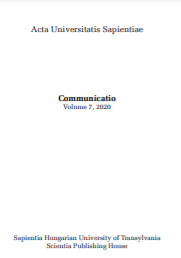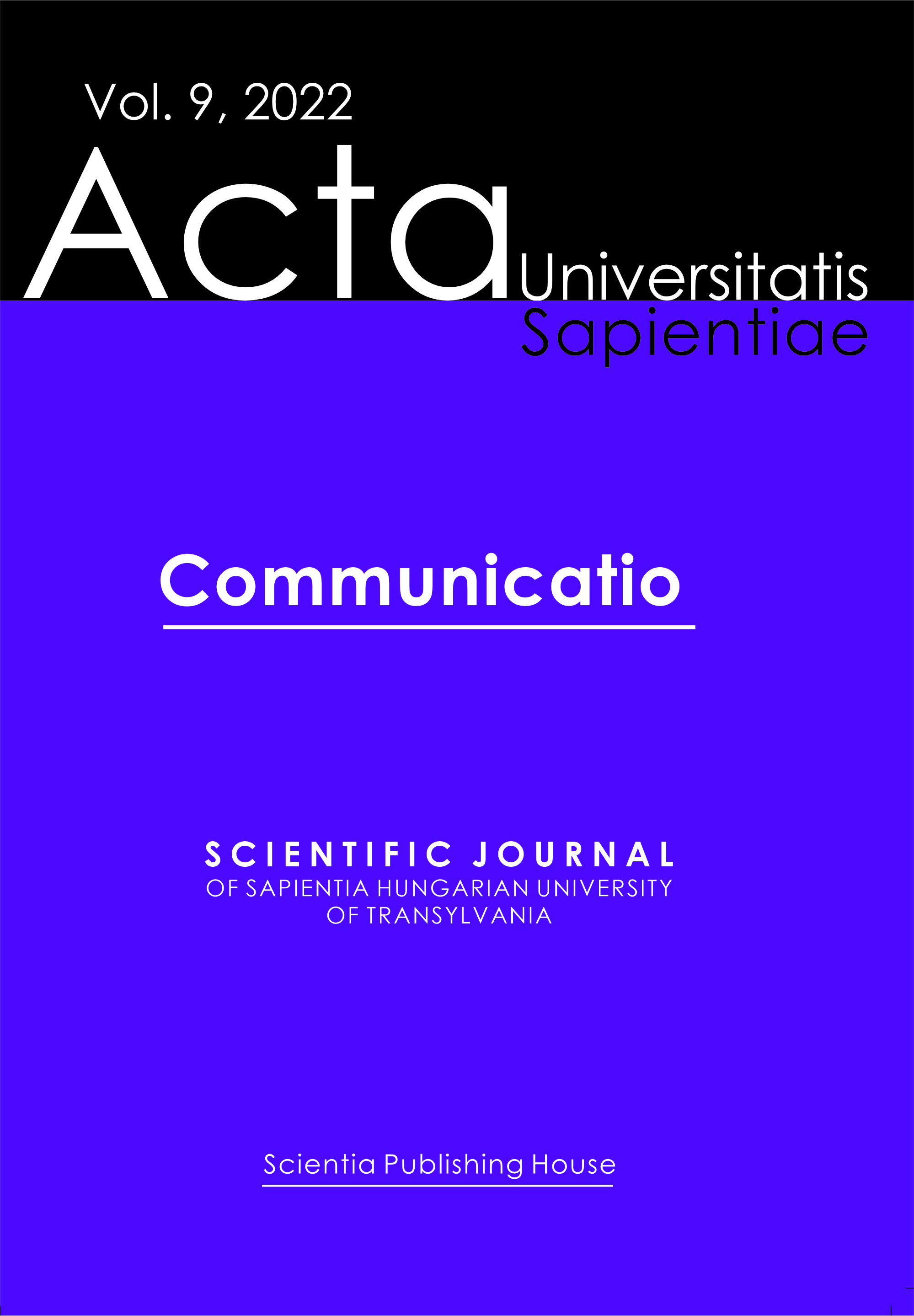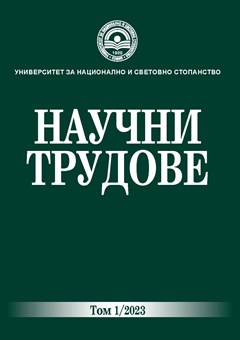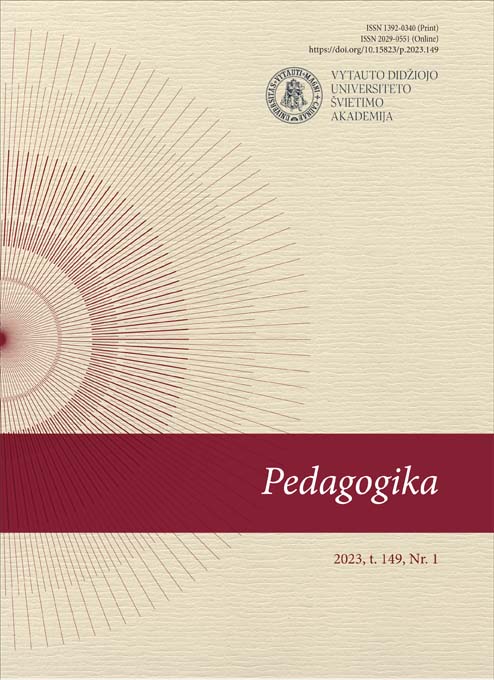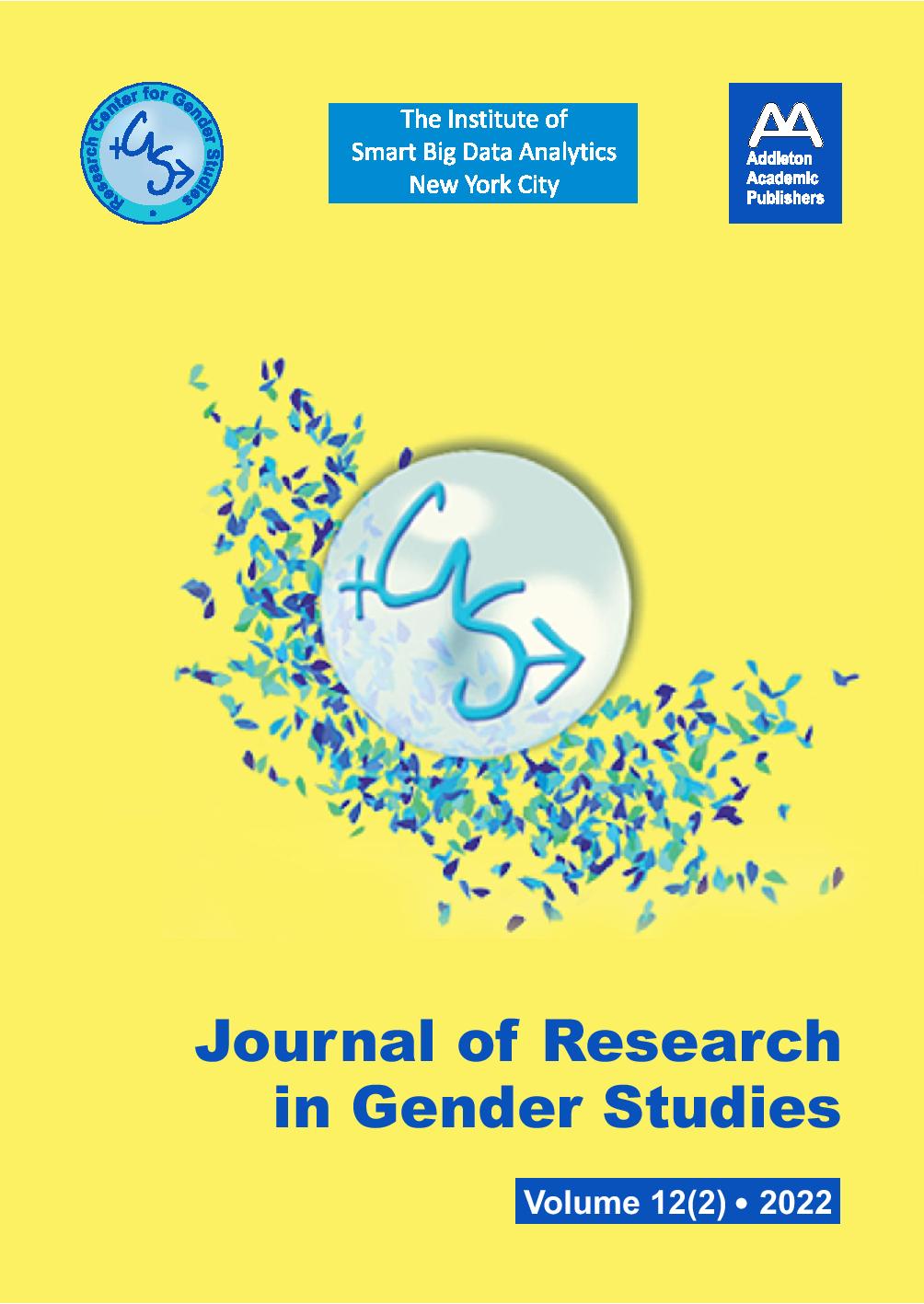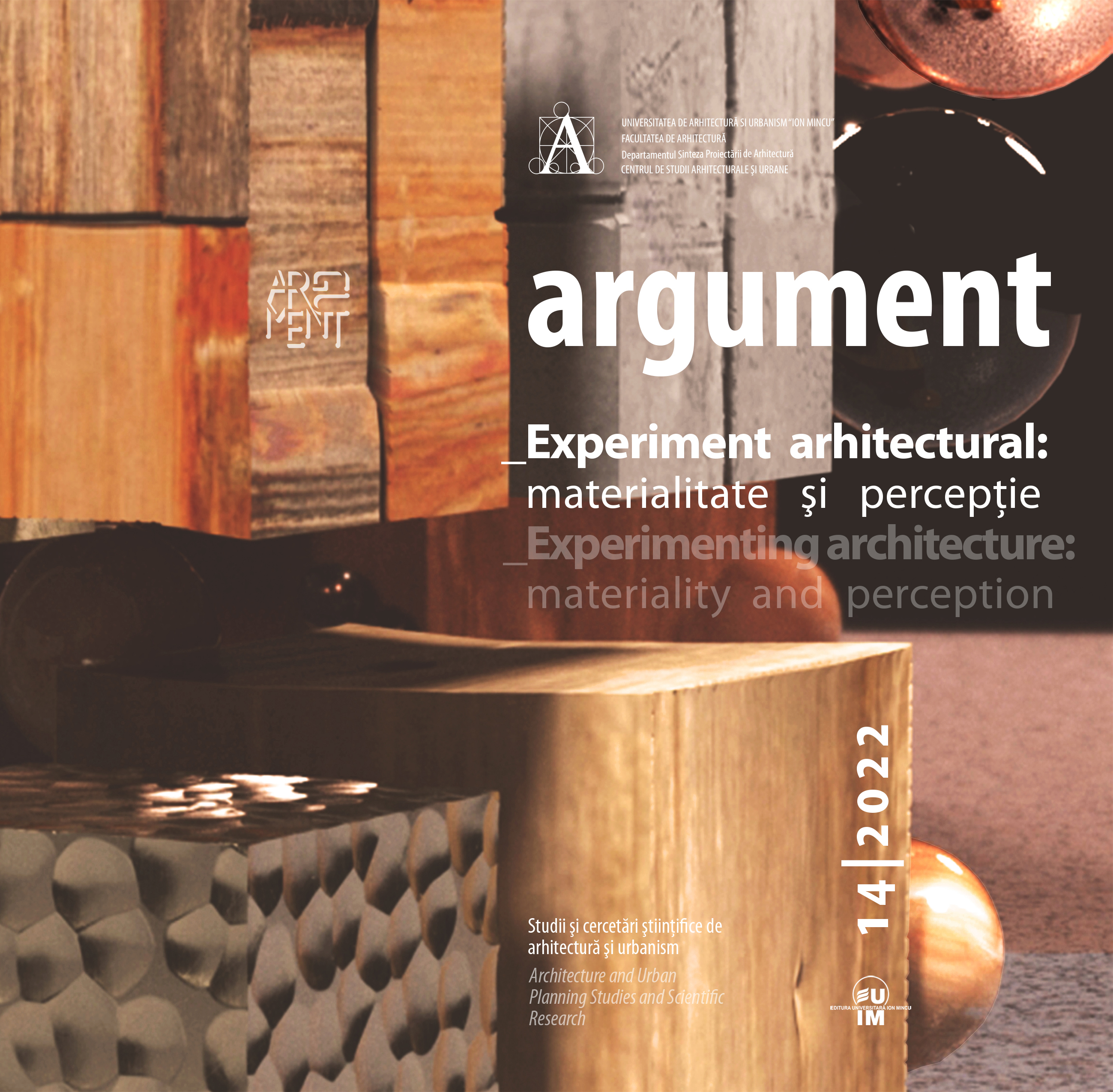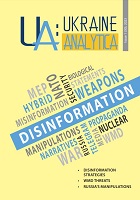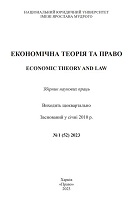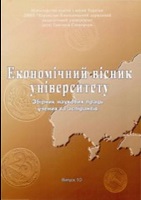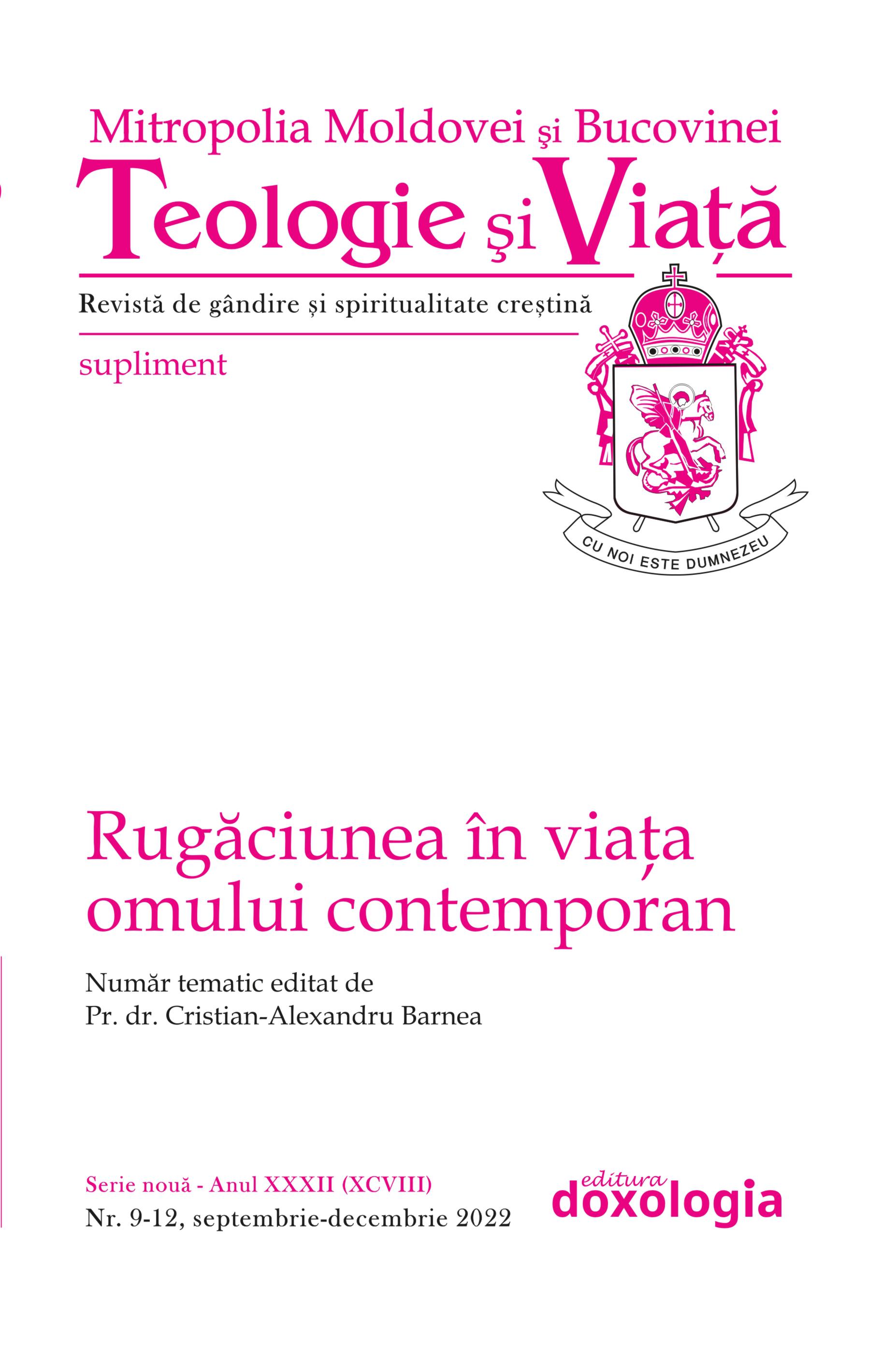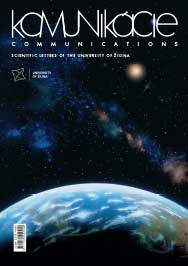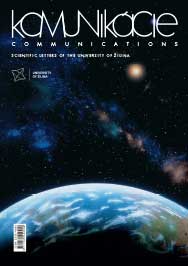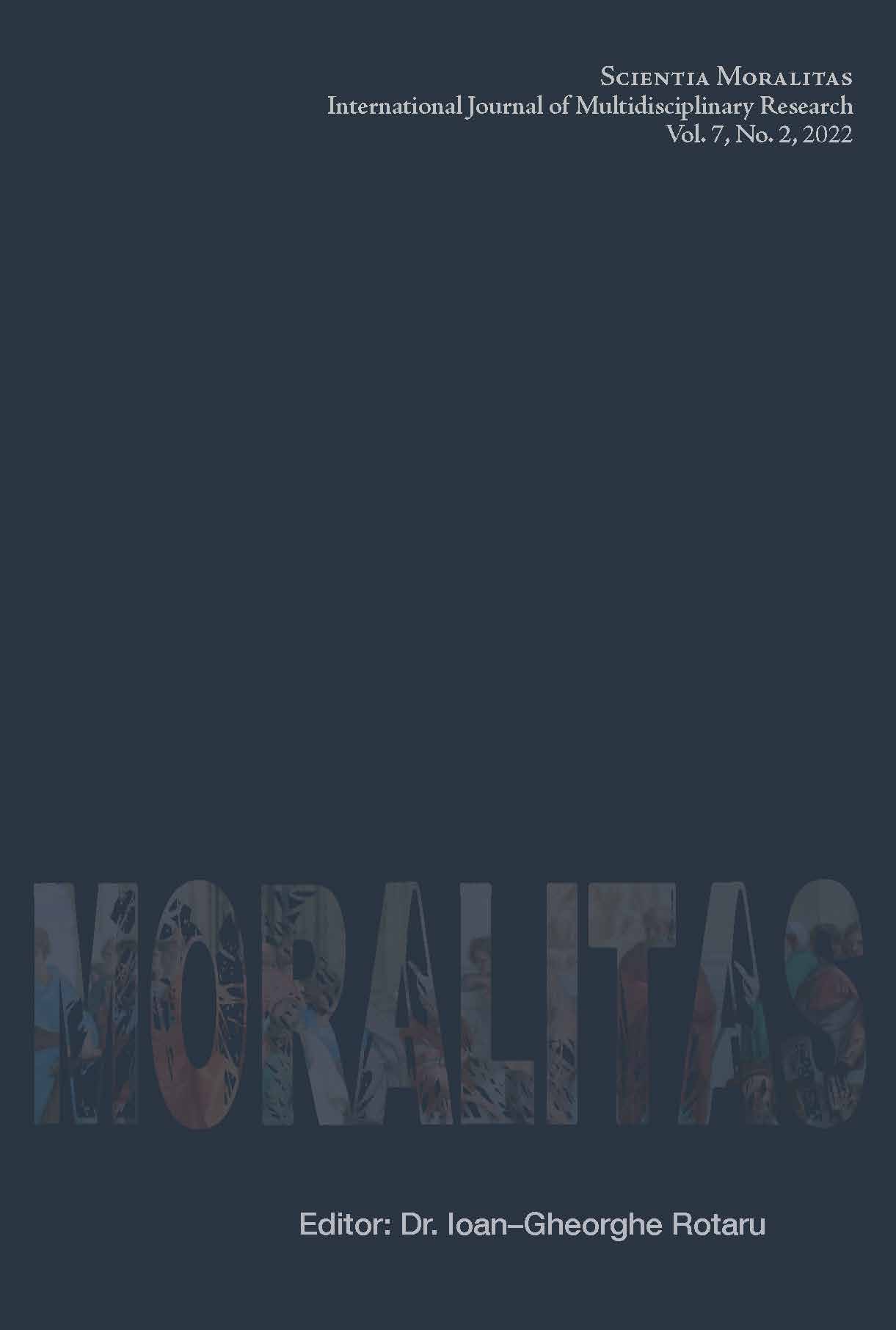Author(s): Larysa Marmul,Bohdan Chornyi,Valentyn Penkovsky / Language(s): Ukrainian
Issue: 55/2022
The subject of the study is the theoretical and practical aspects of the development of digital financial instruments and financial support based on them for the activities of tourist and hotel and restaurant enterprises in the conditions of the digital economy and electronic commerce as the most promising segment of the modern service market in the conditions of restrictions on direct contacts and the movement of people due to measures to combat with the pandemic, military actions and to improve the personal safety of people. The purpose of the article is to determine the main factors of the formation of digital financial instruments and their components, as well as to identify their properties, possible risks, and to substantiate the future prospects of their use in the activities of tourist and hotel and restaurant enterprises. The methodological basis of the article is the methods of: system-structural analysis and synthesis (when establishing the set of factors and the level of influence on digital financial instruments; determining the composition and structure of the digital economy, electronic commerce, digital finance; historical and monographic (for comparing traditional and digital financial instruments; when identifying the stages of development, sectoral and territorial spread of the introduction of digital financial instruments); statistical and economic (to establish and analyze quantitative indicators of the state, problems, trends and prospects of the development of digital financial instruments; the effectiveness of their use in the activities of tourist and hotel and restaurant enterprises). Results of the article. It was determined that financial instruments can be conditionally divided into traditional and digital. They have similar content, functions and properties, but different areas of manifestation, advantages, disadvantages and risks. At the same time, the use of digital financial instruments allows to significantly save the time of entrepreneurs and consumers of services or products; cash; simplifies administration and, as a result, increases the profitability of enterprises, in particular, tourist and hotel-restaurant enterprises. Field of application of results. The results of the article can be applied in the work of financial institutions, enterprises and organizations; activities of individuals; scientific and educational process and administration of institutions of higher education. Conclusions. Indispensable users of digital financial instruments are supranational financial institutions and states; insurance and banking and financial institutions; pension, investment and hedge funds; enterprises, corporations, industrial and financial groups; individuals. This testifies to the wide possibilities of their application, including in the field of tourism and the hotel and restaurant industry in order to increase business profitability by saving time, premises and other means of providing and carrying out financial activities; provision of convenience and economic benefits to consumers and partners; optimization of business processes and administration of activities in general; promotion of innovation, investment and integration processes
More...
